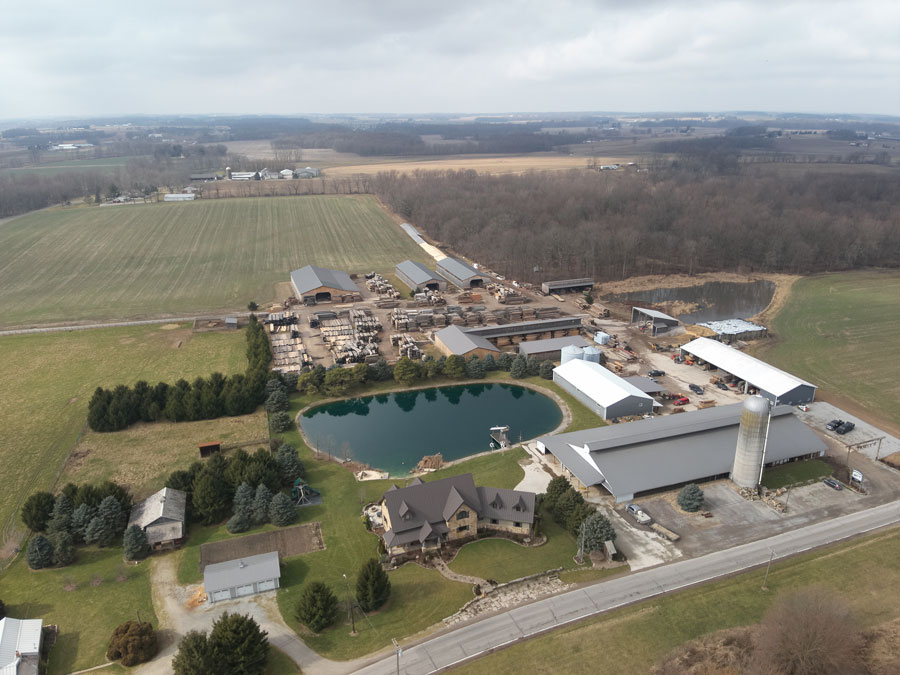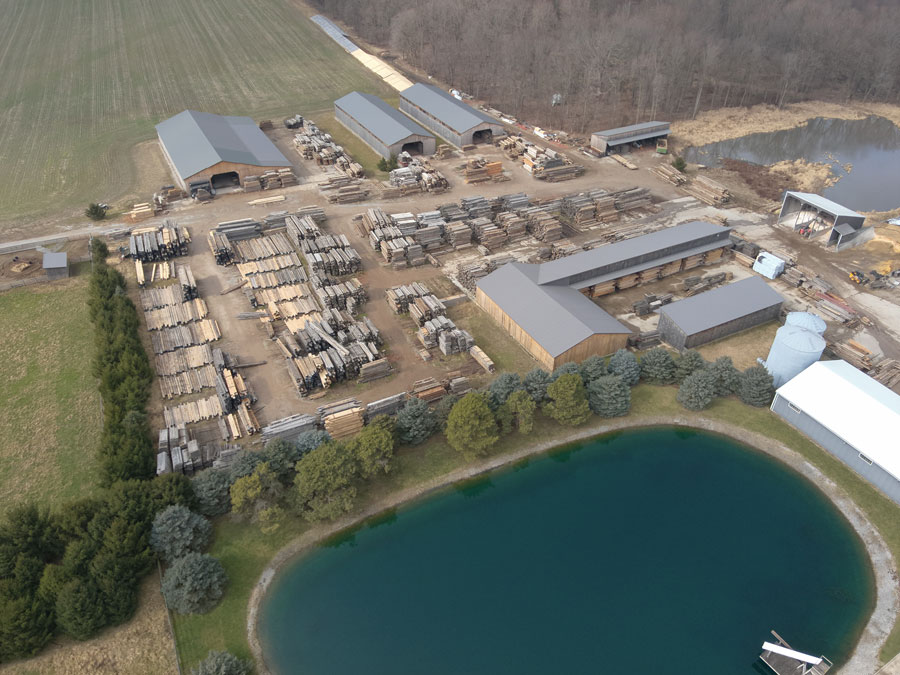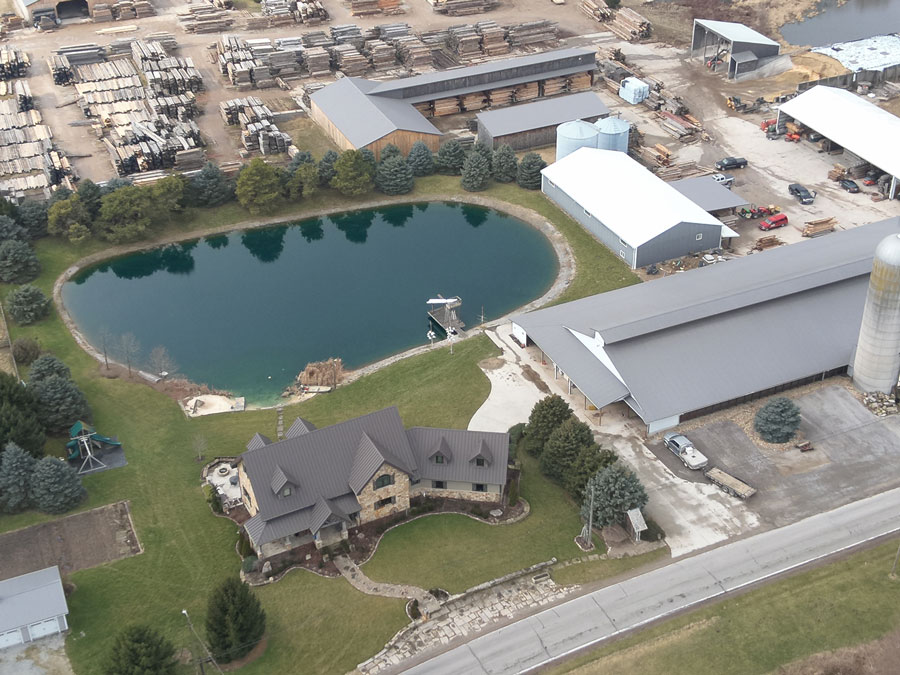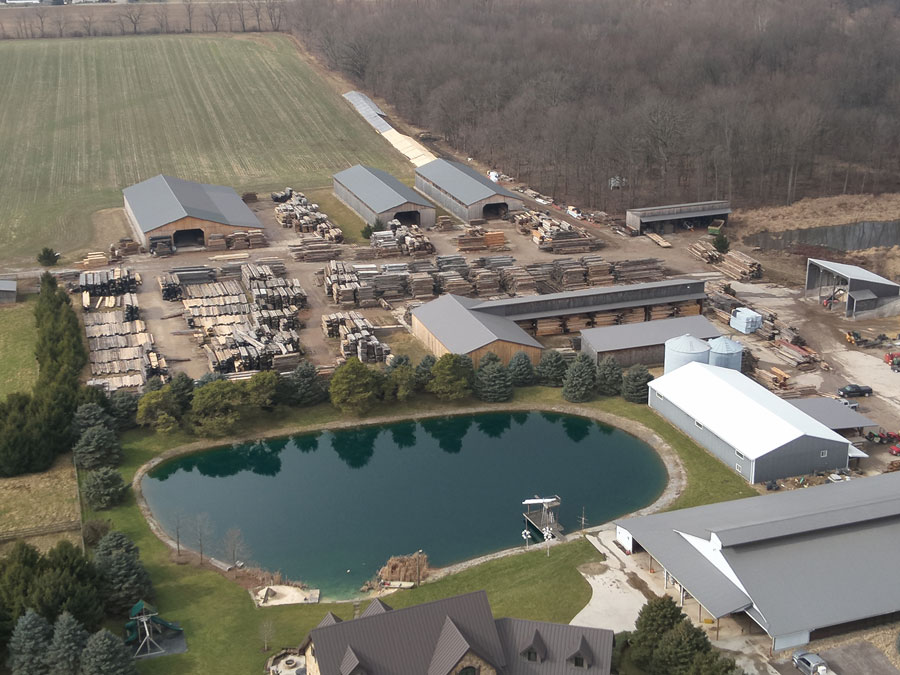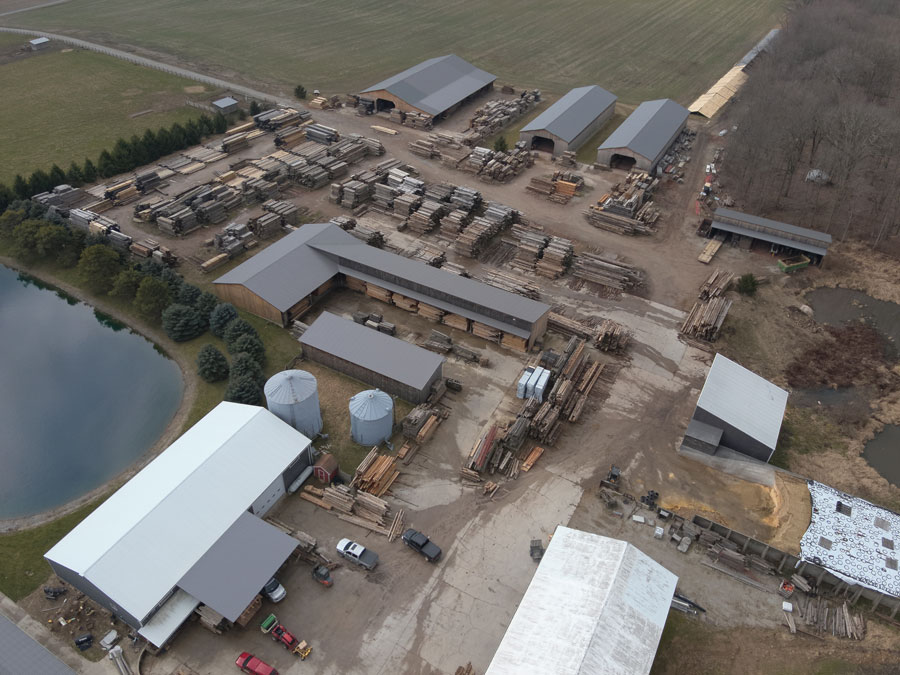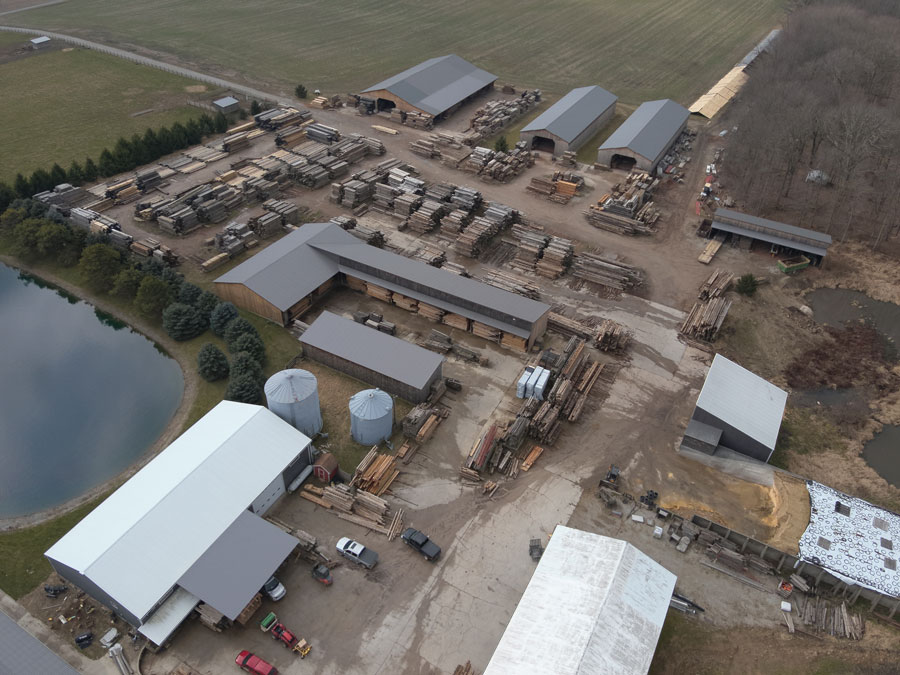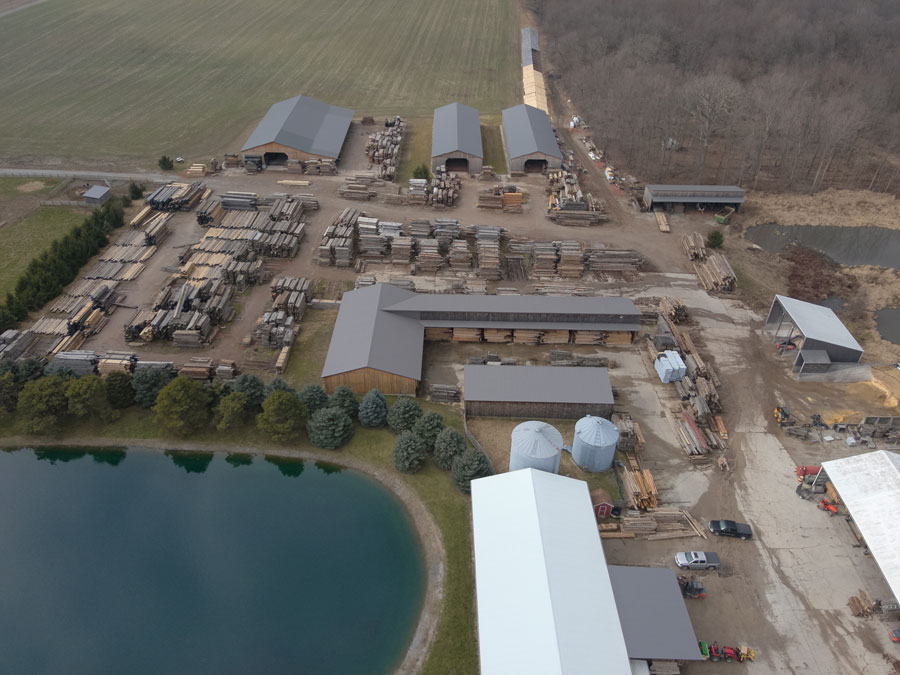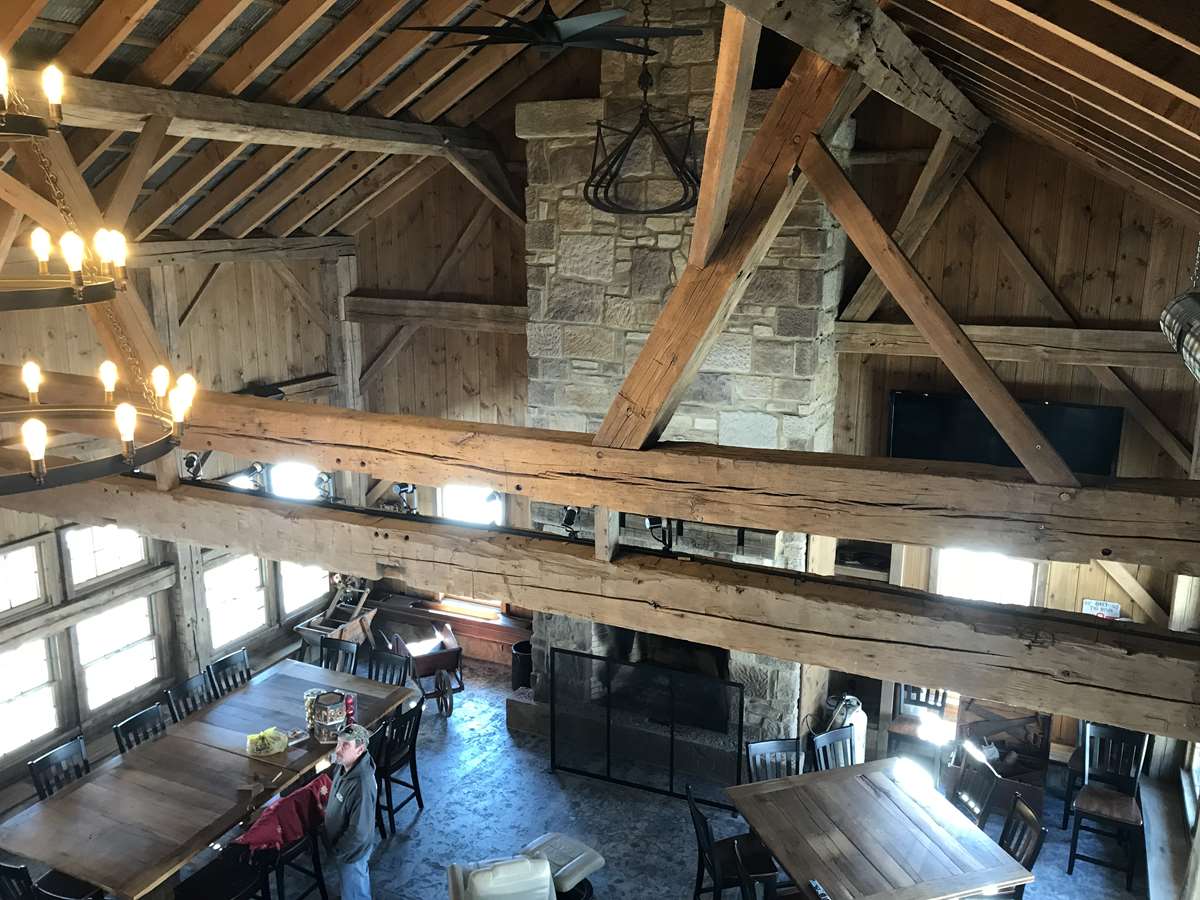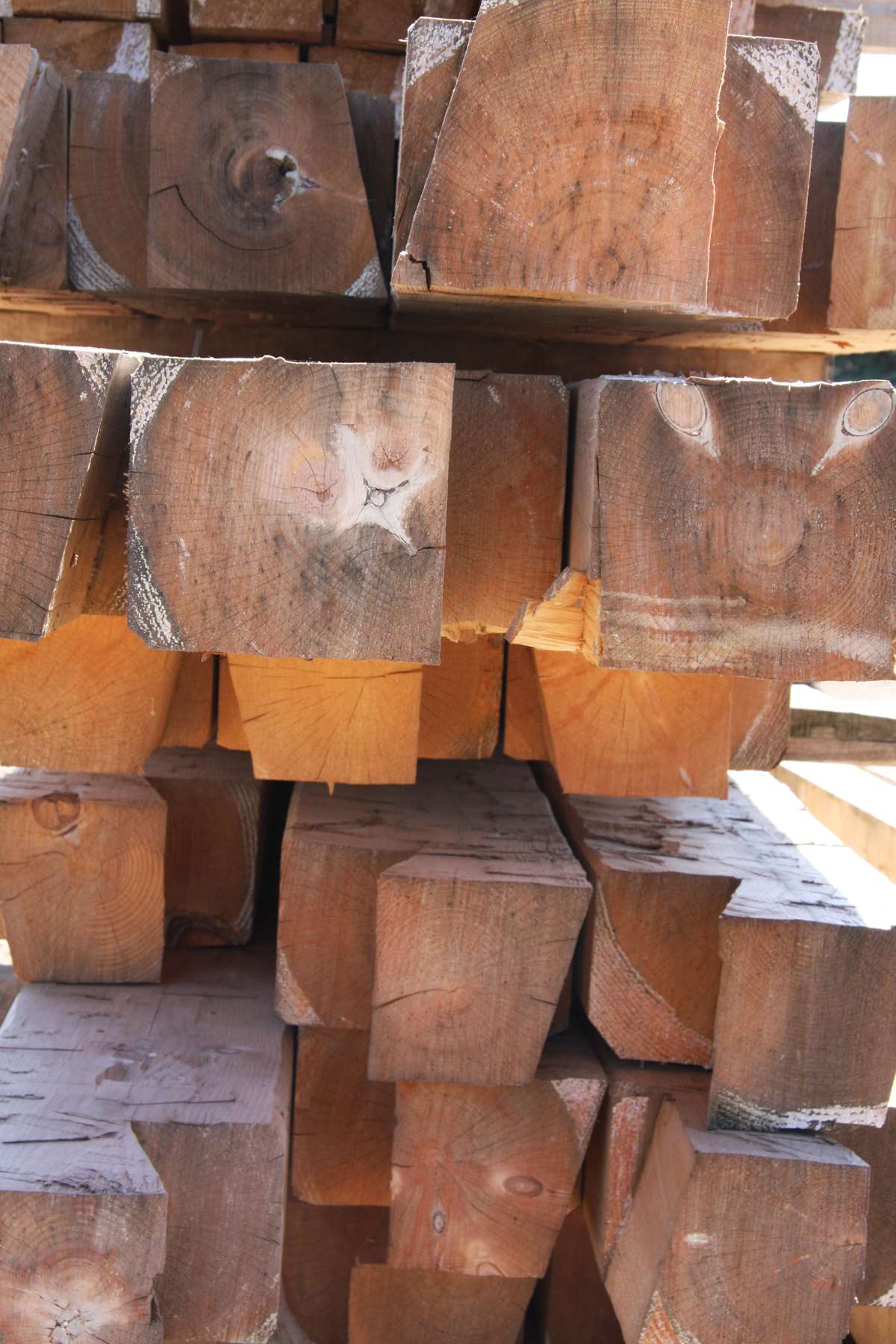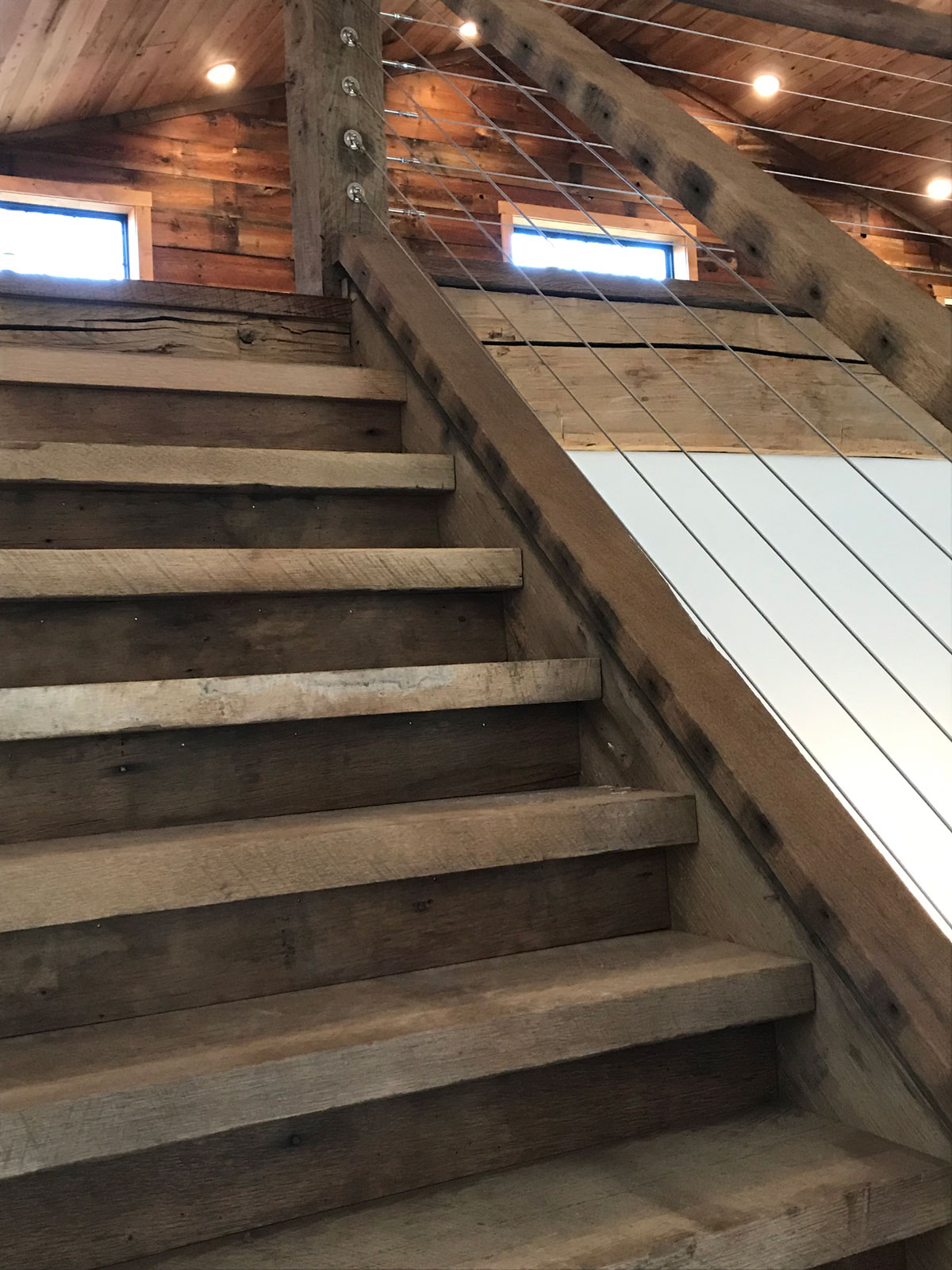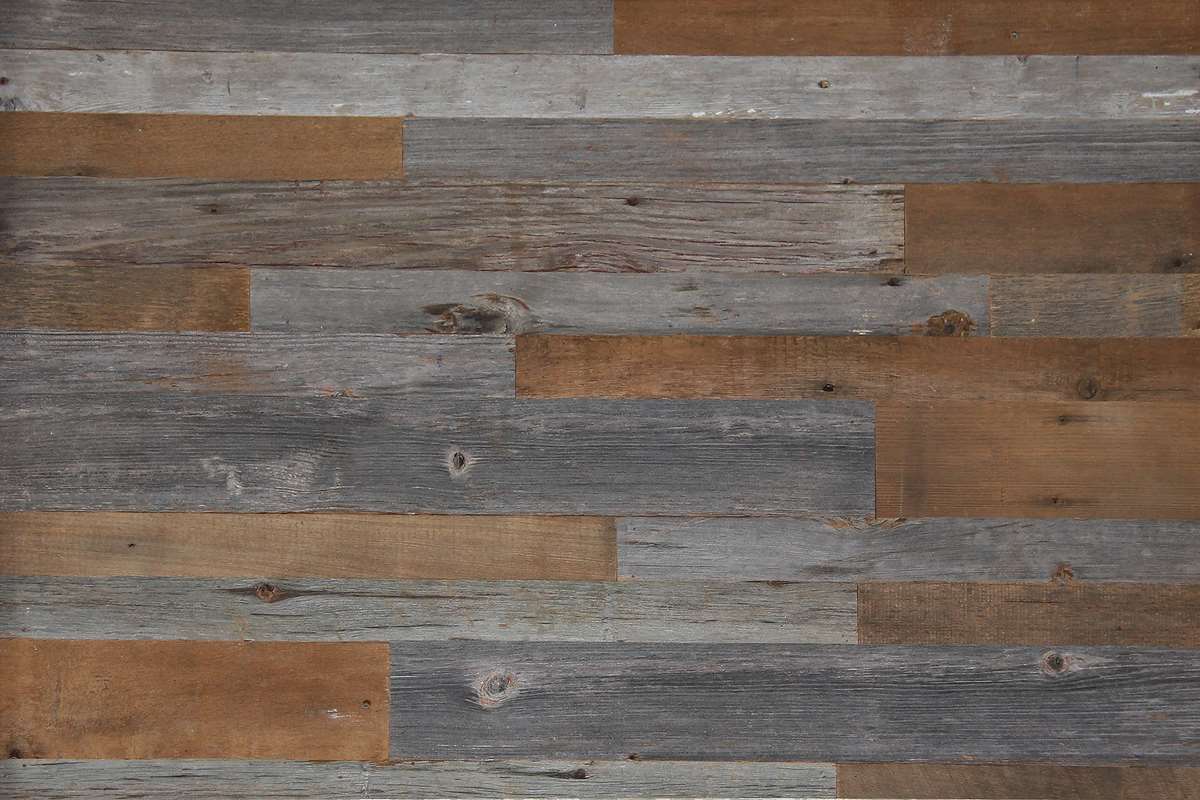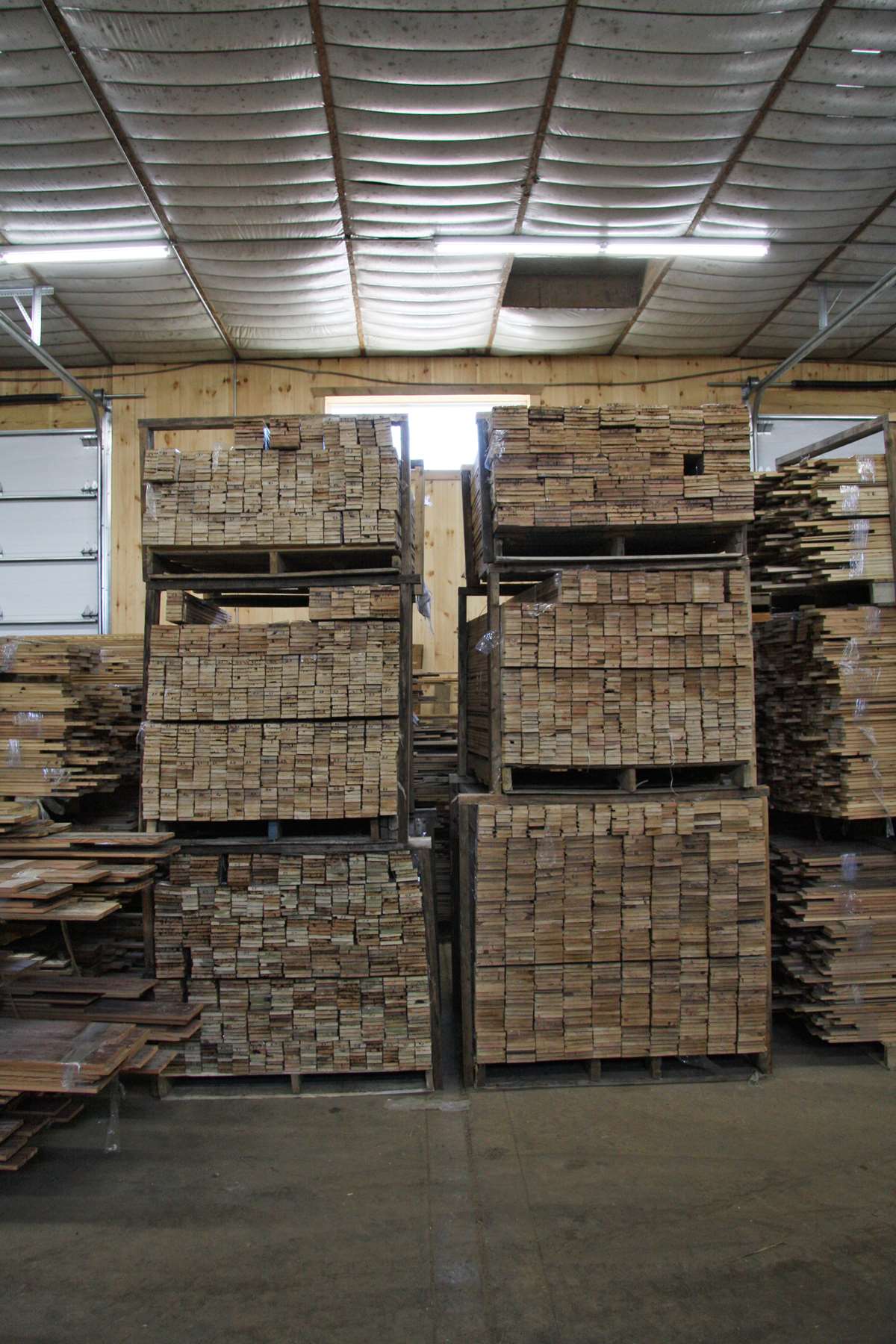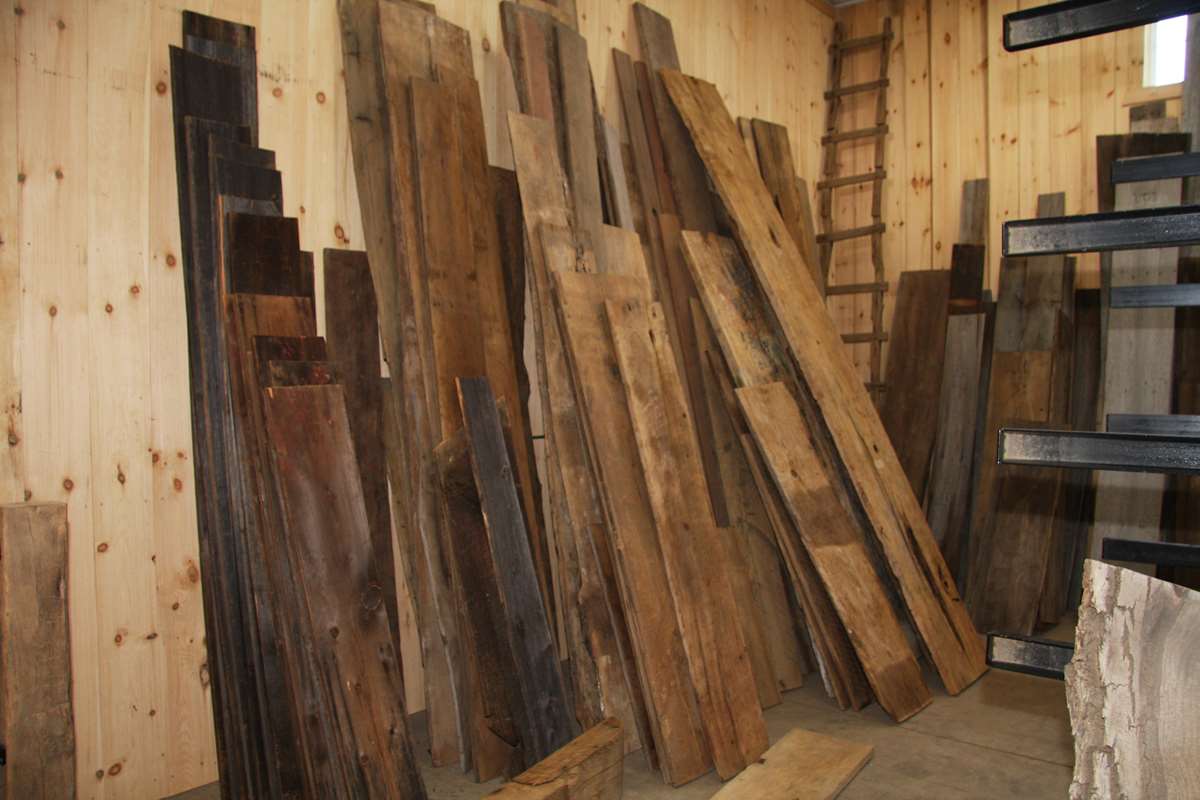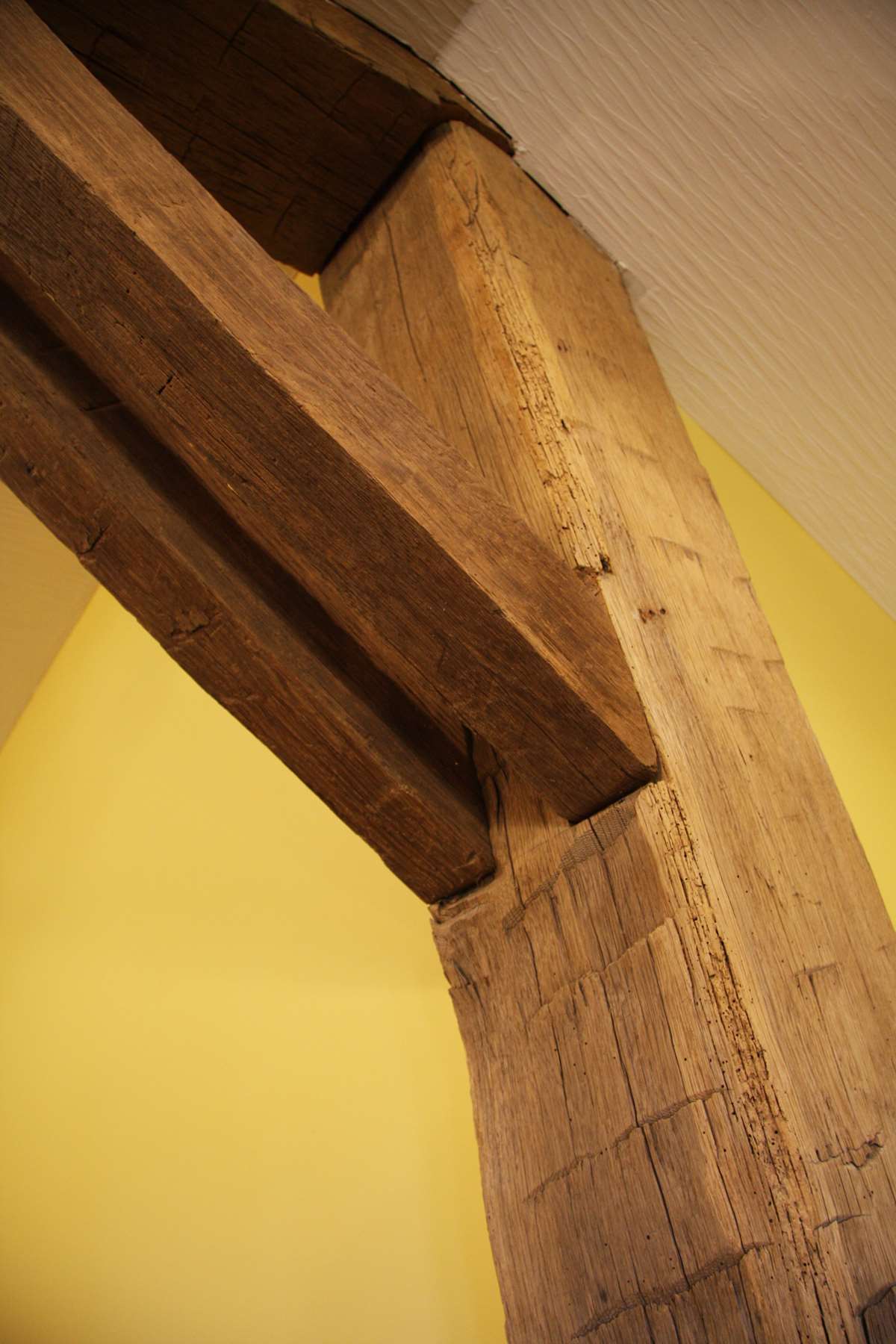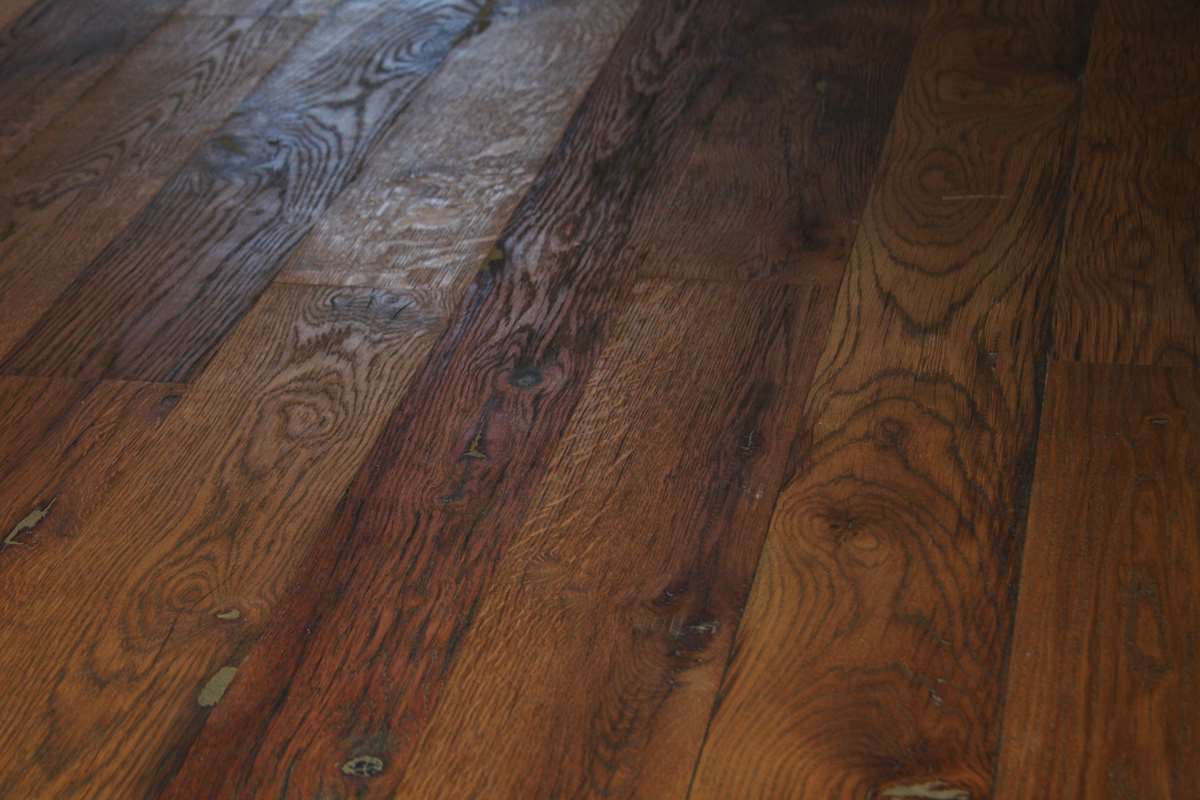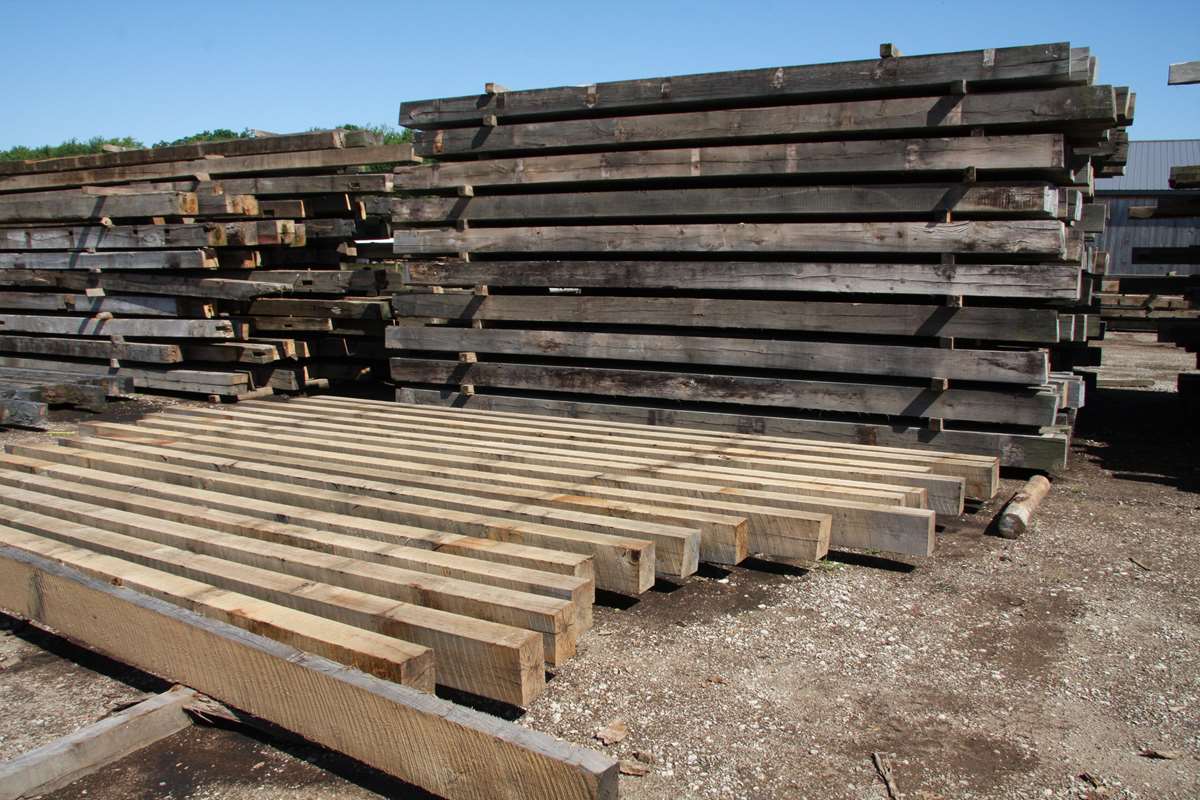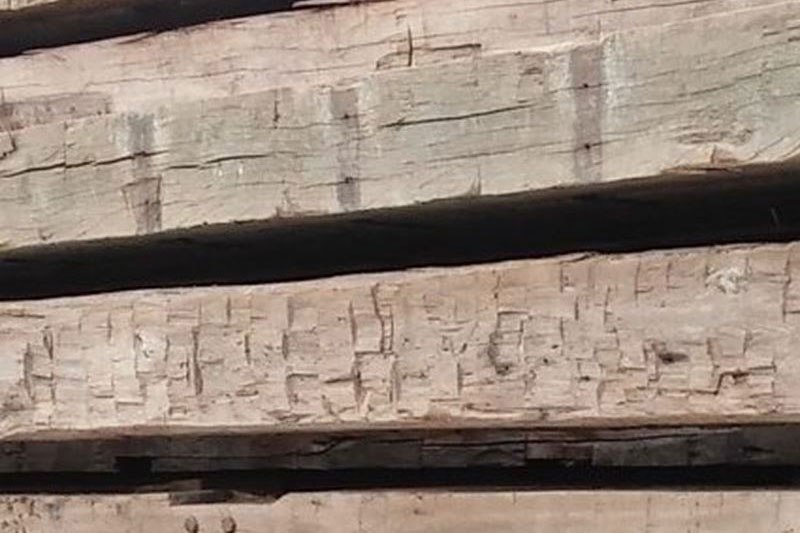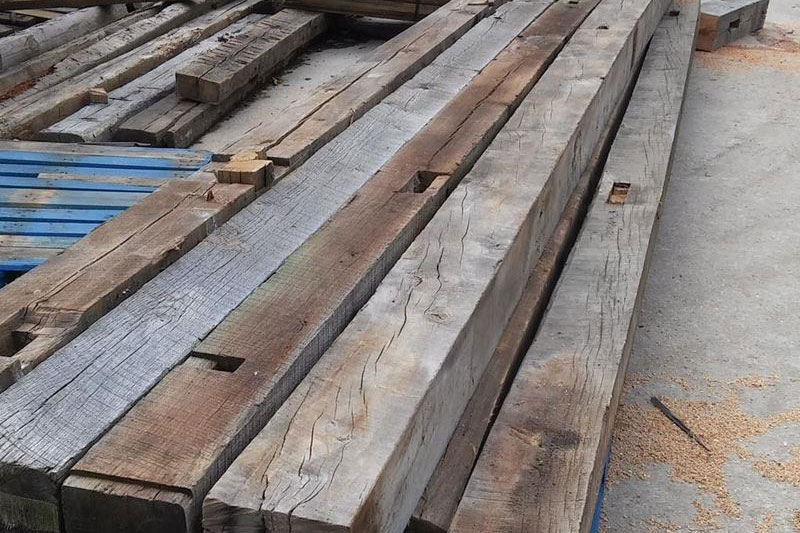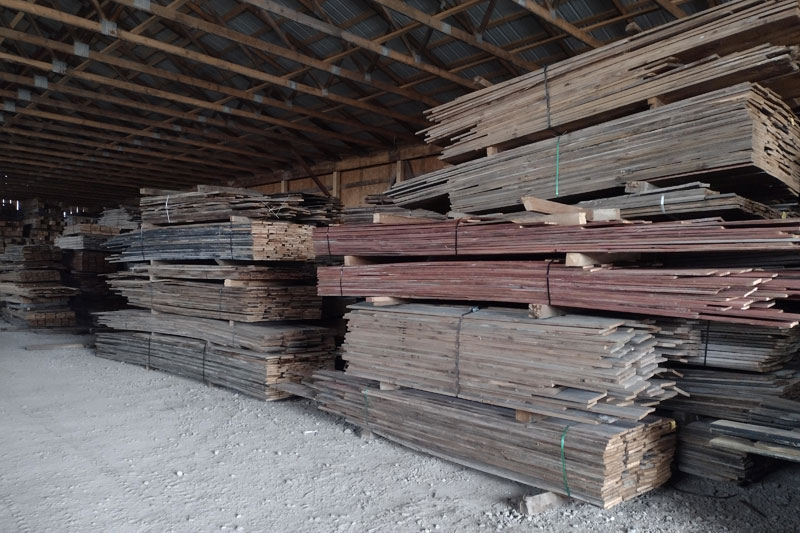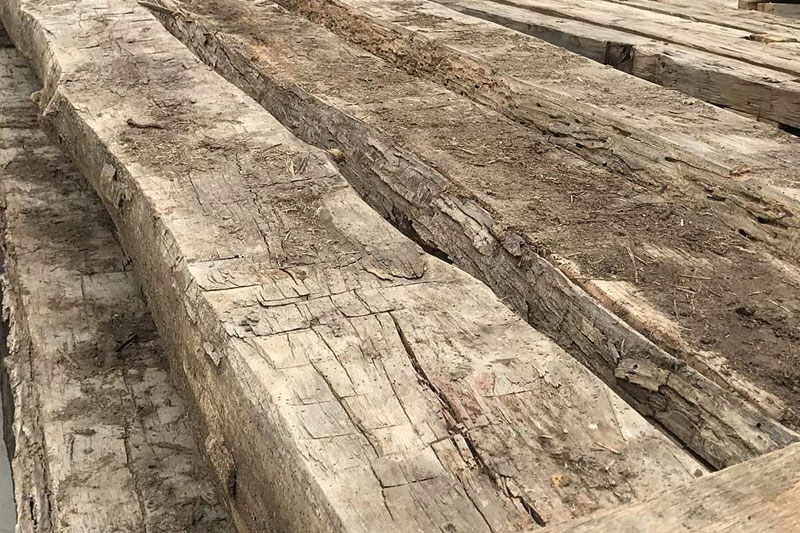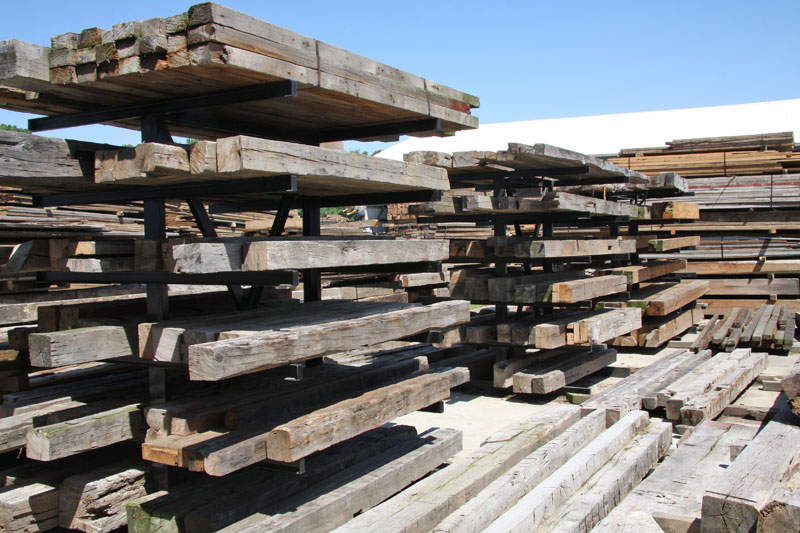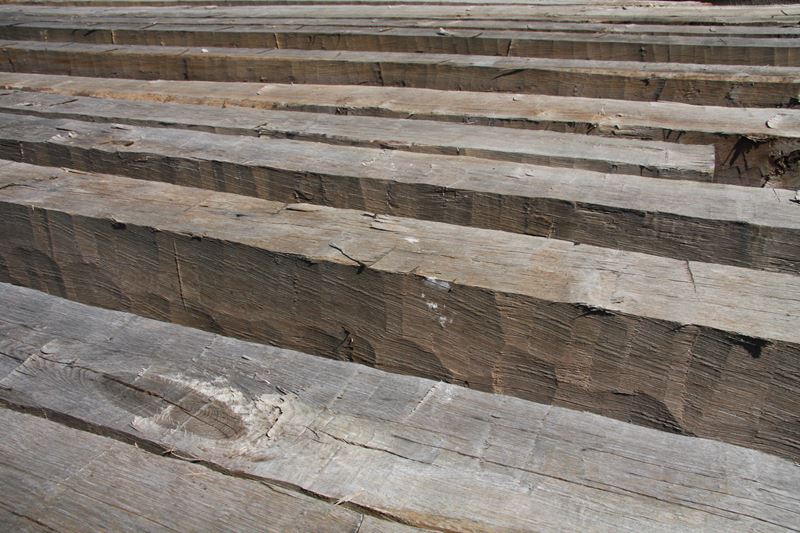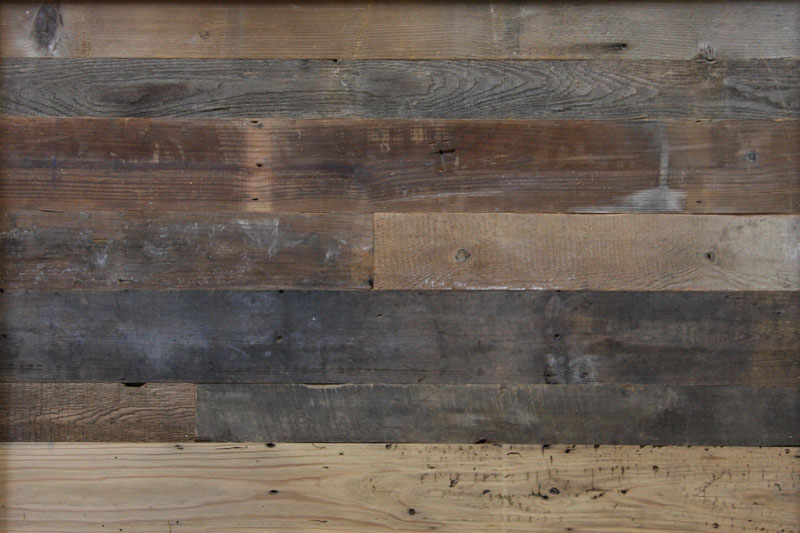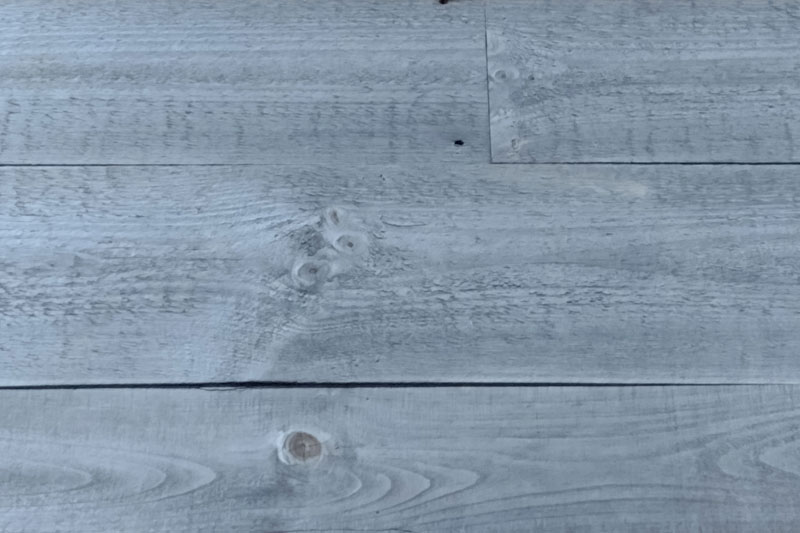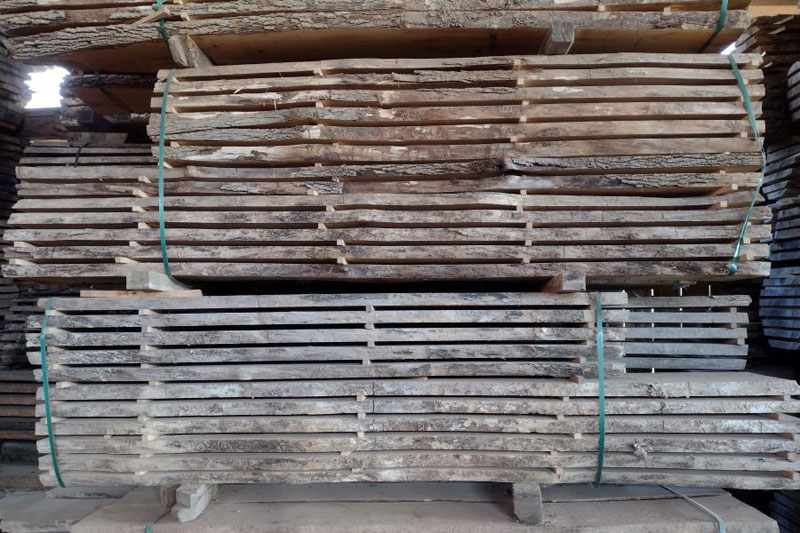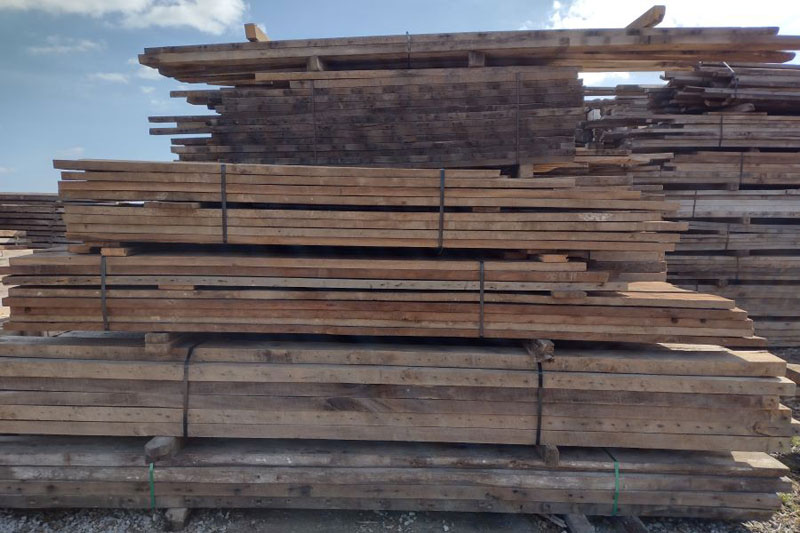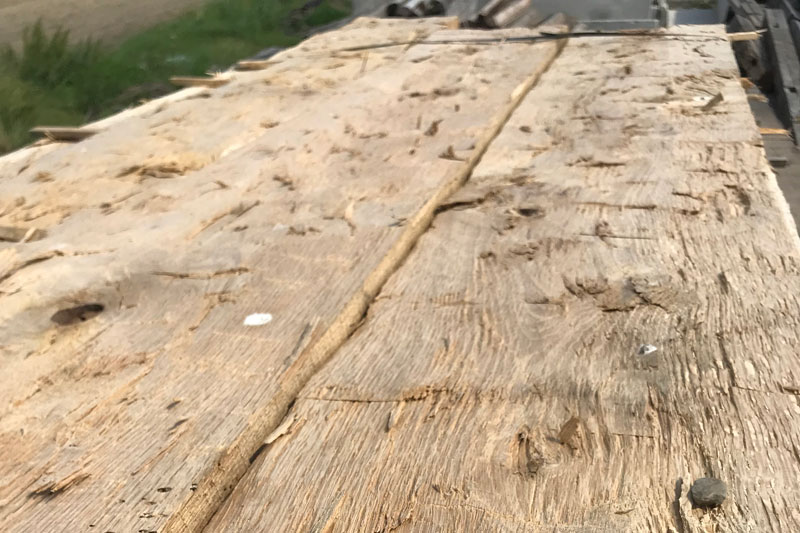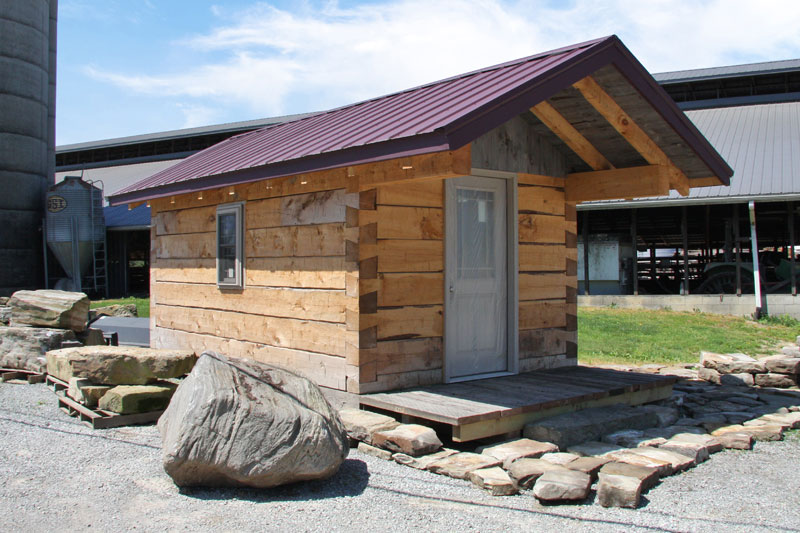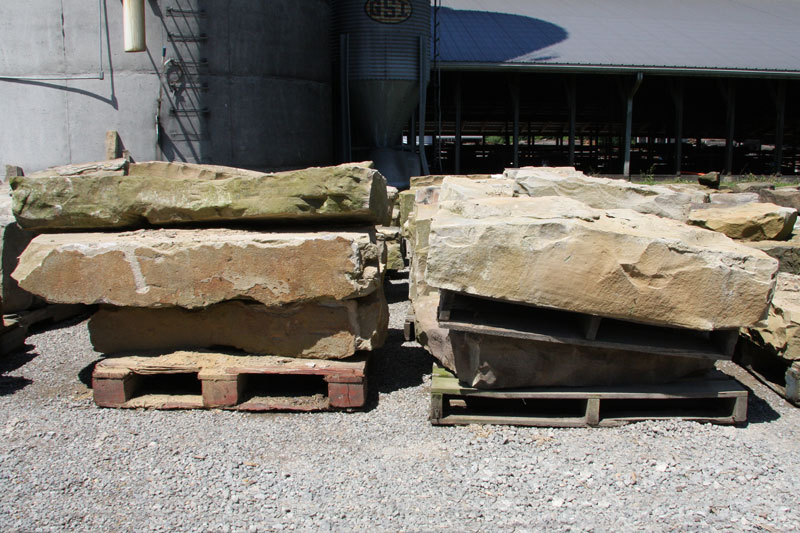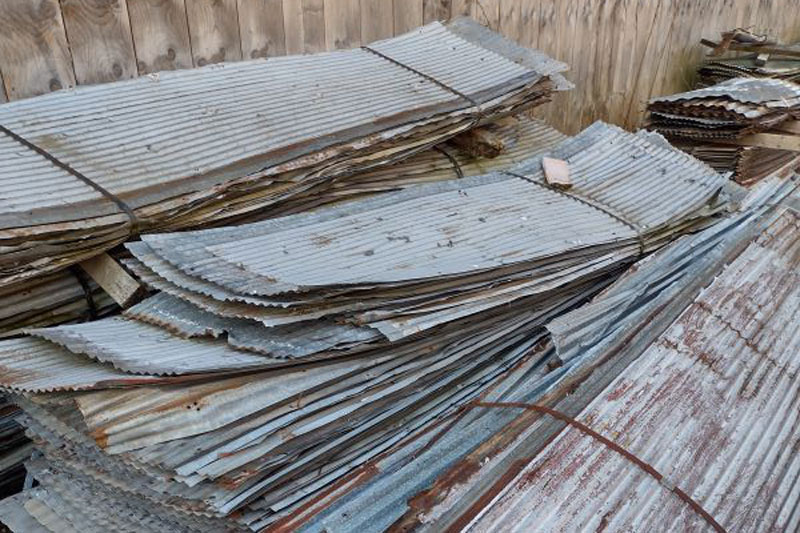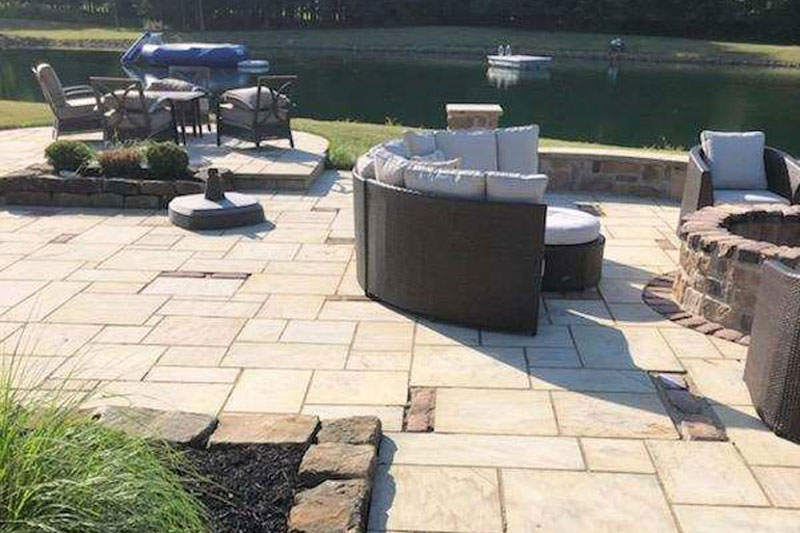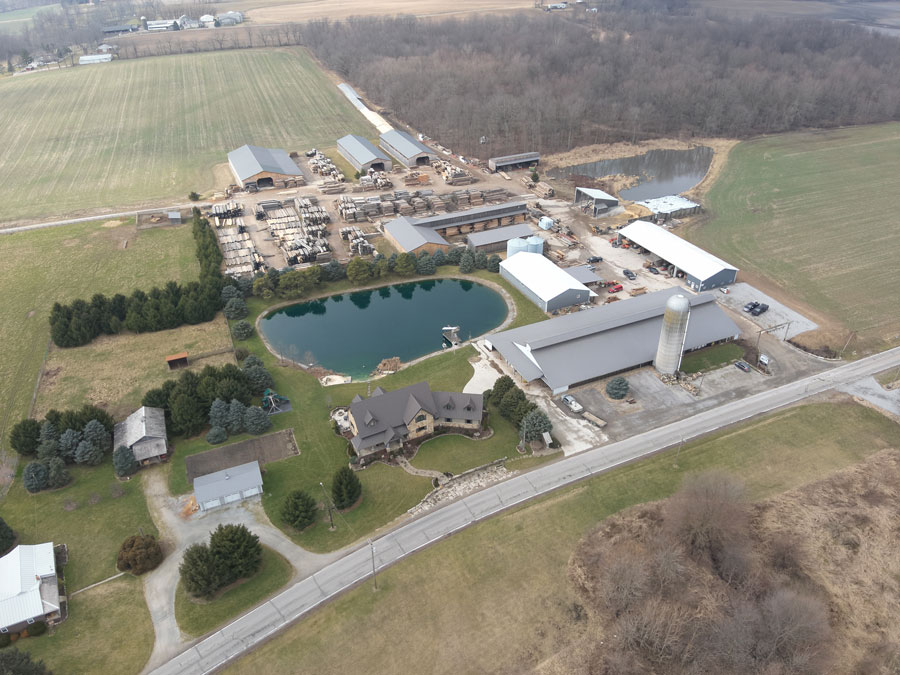
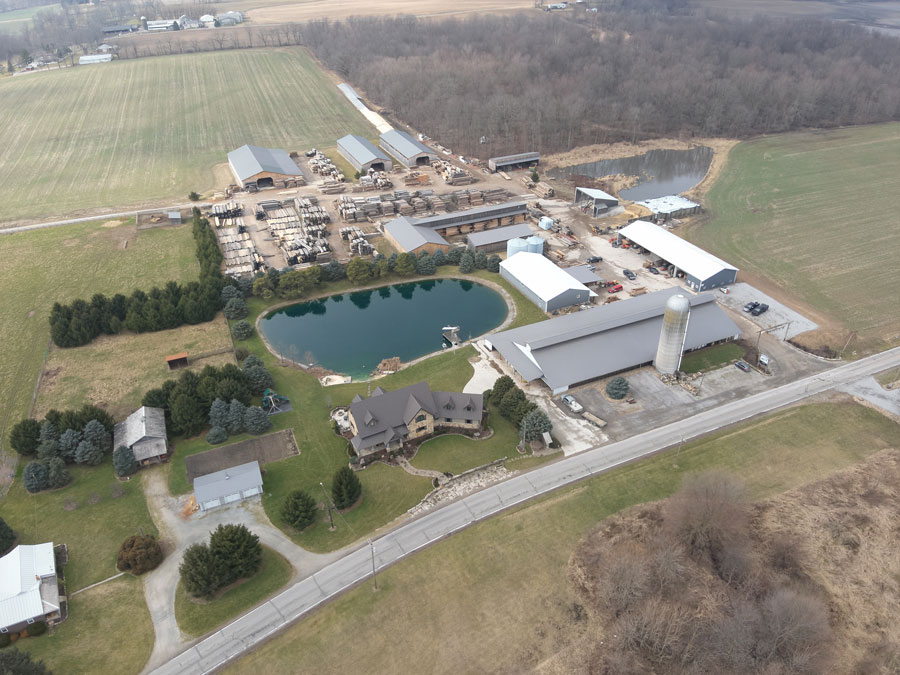
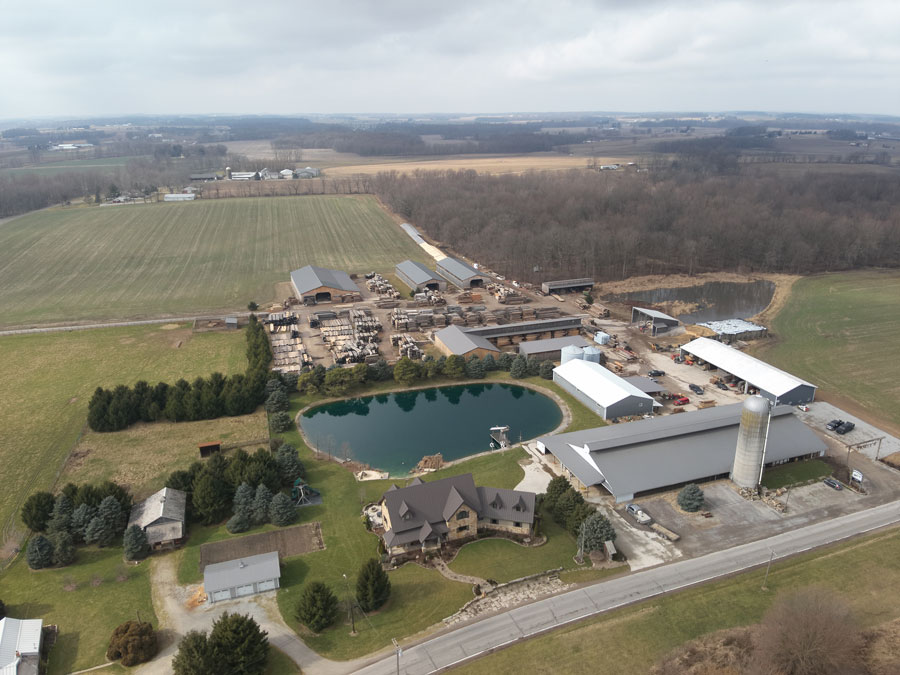
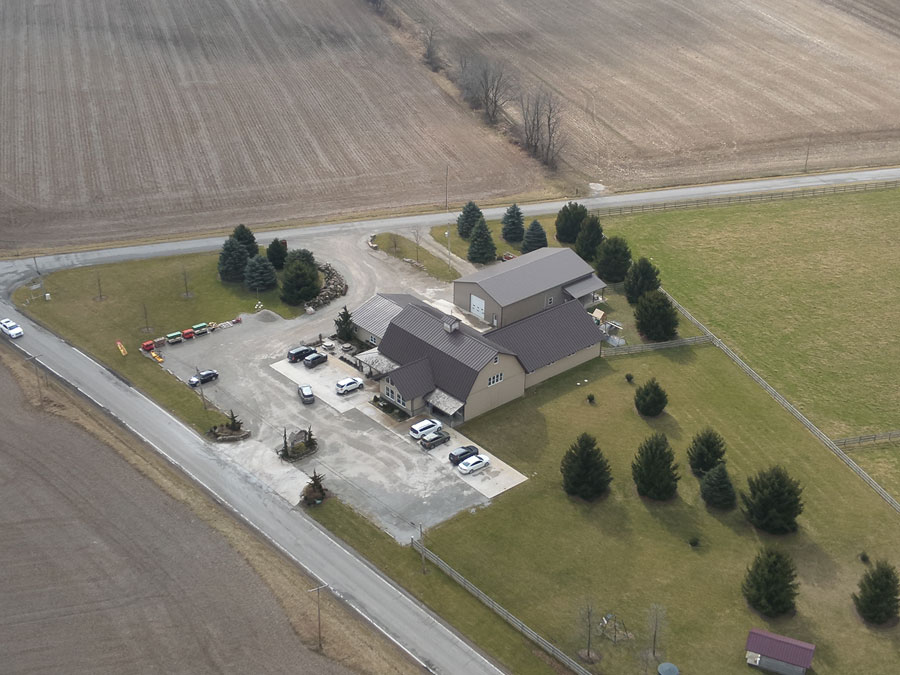
Country Fabrics Store
(Neighboring Business)
Triple B Enterprises
Triple B Enterprises has operated in the reclaimed lumber industry as a lumber yard in Shiloh Ohio since 2007. We have a passion for historic barns and how they are crafted. These old barn structures have allowed us to serve our customers in a variety of ways. We have two dedicated mill shops that produce paneling and flooring. Our third mill shop is dedicated to milling our timbers per customer request. We receive, on average, 2-3 barns a week for repurposing into reclaimed lumber.
Melvin, the owner of Triple B Enterprises, was always fascinated by the reclamation process of buildings. This led to the transition from being a pole barn building business to a lumber yard.
At Triple B Enterprises, we have a passion for restoring barns from the 1800s era. When we can, we supply lumber to those who restore these age-old barns. We understand that the opportunity to reclaim old barnwood will diminish in the distant future as the barns from the 1800s are disappearing. That’s why we offer a line of new White Oak Hand-Hewn timbers.
As an alternative for the authentic-rustic look that many seek to add into their homes. We have around half a million board feet of air-dried, greying timbers and skins that are all manually hewn with hand-held tools. No machine hewing is involved in this hewing process. This provides the authentic feel of the hewn look on the White Oak material.
What We Offer…
Here in the yard, we have millions of board feet of reclaimed lumber in our inventory. There are various wood species and products in stock. The species are White Oak, Walnut, Hickory, Maple, Elm, Ash, Pine, Hemlock, and chestnut. White Oak being the #1 best seller here at Triple B Enterprises.
Our various wood products include, but are not limited to the following:
- Timbers
- Mantels
- Paneling
- Flooring
- Wall Cladding
- Barn Siding
- Live Edge Slabs
- Skins
We even sell tables and benches made from our reclaimed wood!
What We Do…
Most of the wood here in the yard will eventually be used in the construction of new homes. Some projects include day-to-day homes, high-end resorts, and attractive mountain lodges. Large numbers of summer homes will also be constructed from our inventory of old barn lumber.
When a client sends in a request, we do our best to help them find what they are looking for in reclaimed lumber. Our skilled yardmen each have a dedicated area of the yard to help with processing orders that have a wide variety of products. With each yardman dedicated to a section of the yard, we are then able to carefully select the lumber that fits best to the customer’s order.
We also have a Timber Framing Service to help you build your dream project! Large timber frame custom projects are the core of our timber framing operation. We also offer to build tiny homes, pavilions, pergolas and more! We take great pride in providing sustainable building materials in a fashion that blends nature and architecture.
Located in North Central Ohio, Triple B Enterprises is open 8am - 4pm.
Triple B Timeline
What people Say
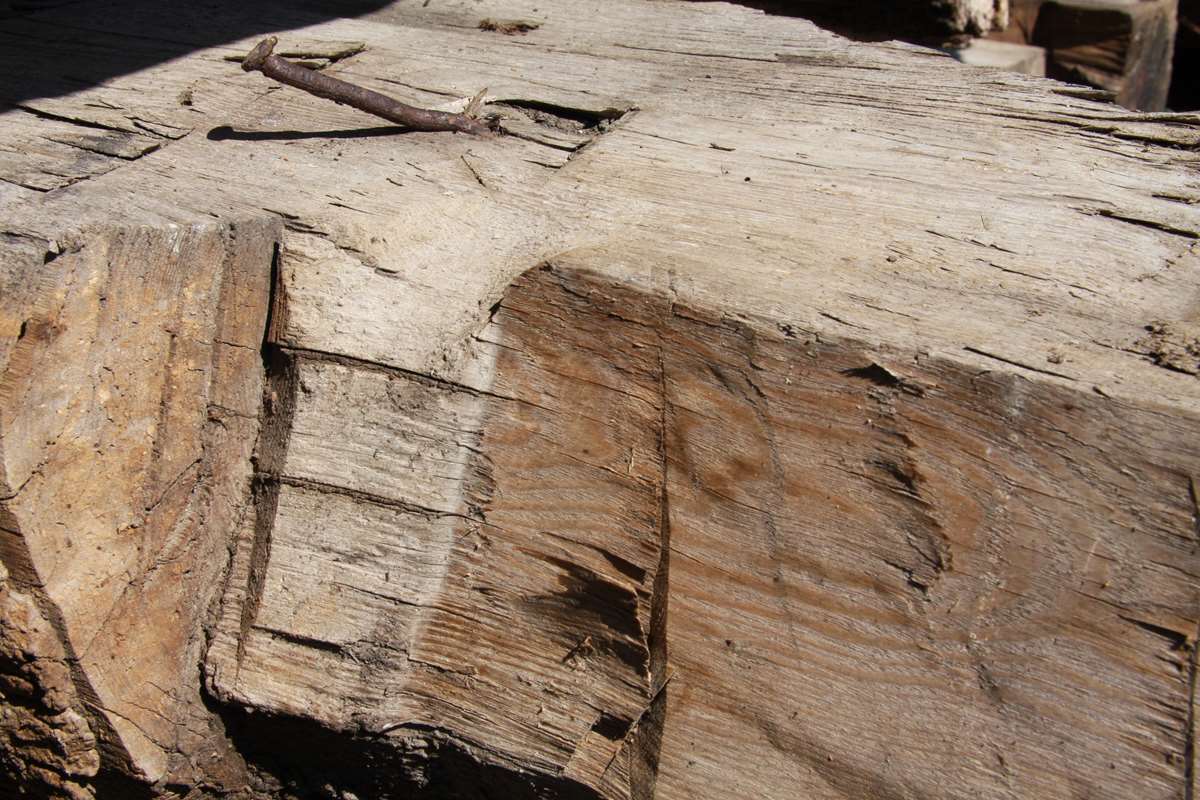
I run a furniture business and use a lot of reclaimed wood. Over time, i have become more and more picky about the material i will use. Last year i found myself in a bad spot with not being able to find what i needed and find it on a consistent basis. I stumbled across Triple B's webpage while looking for lumber. Dave contacted me back quickly and the next day sent me photos of exactly what i was looking for. I visited the lot in Shiloh a few days later and was blown away at the inventory. 1x, 2x, Beams, etc everywhere as far as the eye can see. I met the owner, Melvin, and he showed me around and found what i needed. I have returned to see Triple B on a monthly basis and have never been dissatisfied. I highly recommend them for your reclaimed wood needs.
Tyler Wells
Owner
WellsWorks Furniture
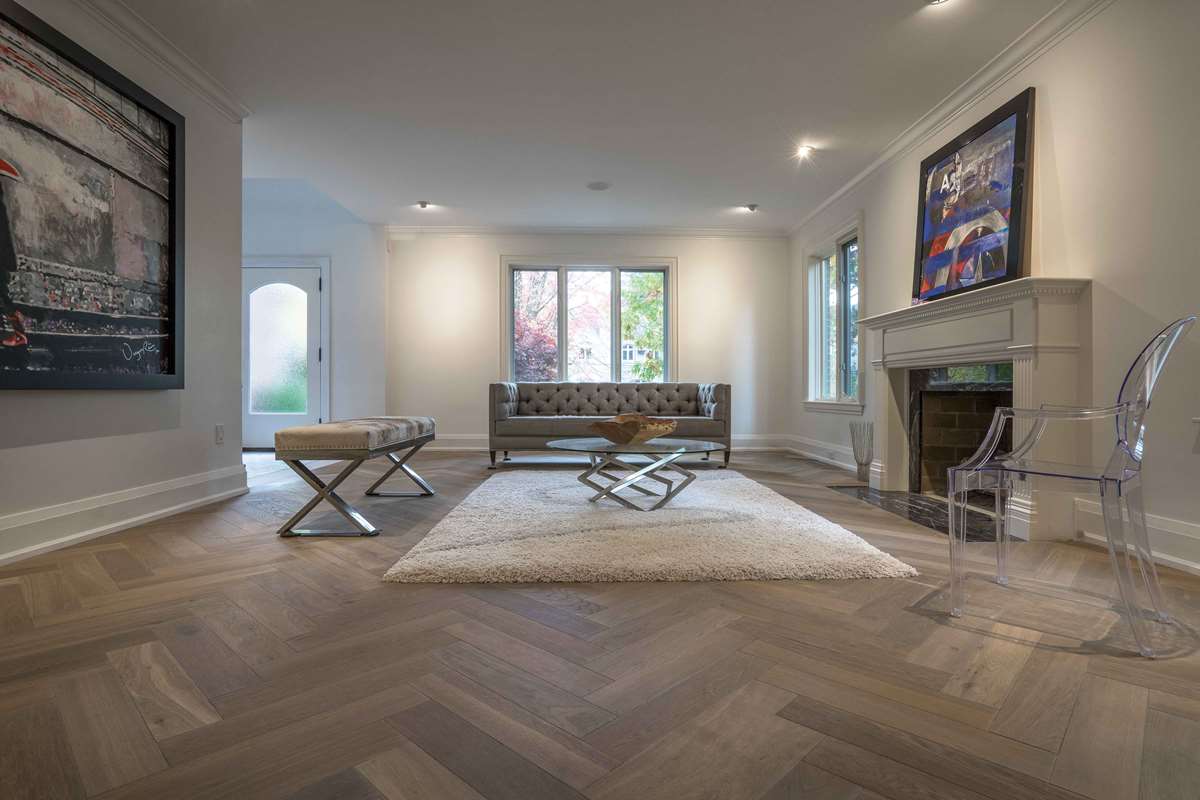
Triple B Enterprises is simply the absolute best source for reclaimed wood in the entire country. Our company has been fortunate to have purchased reclaimed wood from folks coast to coast. for our projects, but after working with Triple B we no longer call anyone else. Triple B will take the time to listen to our specific needs and provide the materials that our customers require.
Panther Creek Timber Frames, LLC
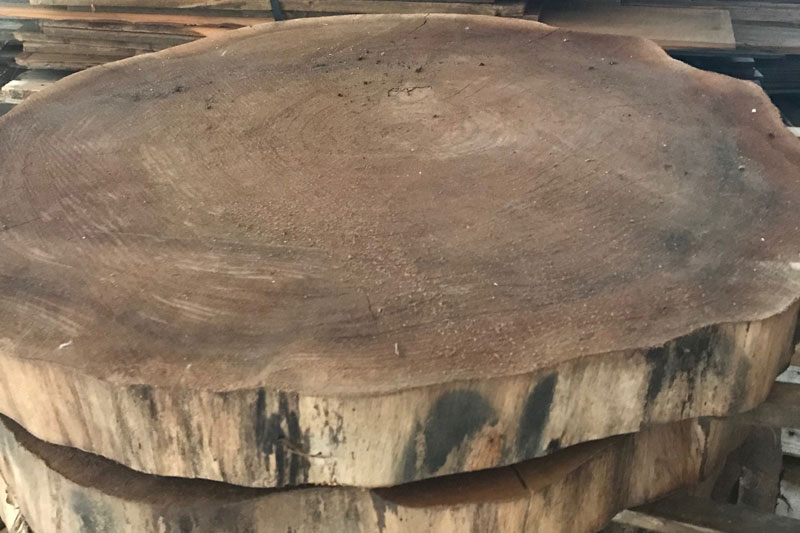
Blown away by Triple B's selection and top notch service. These guys are true professionals. Whenever we place an order they always fulfill it with high quality product on time.
True Reclaimed
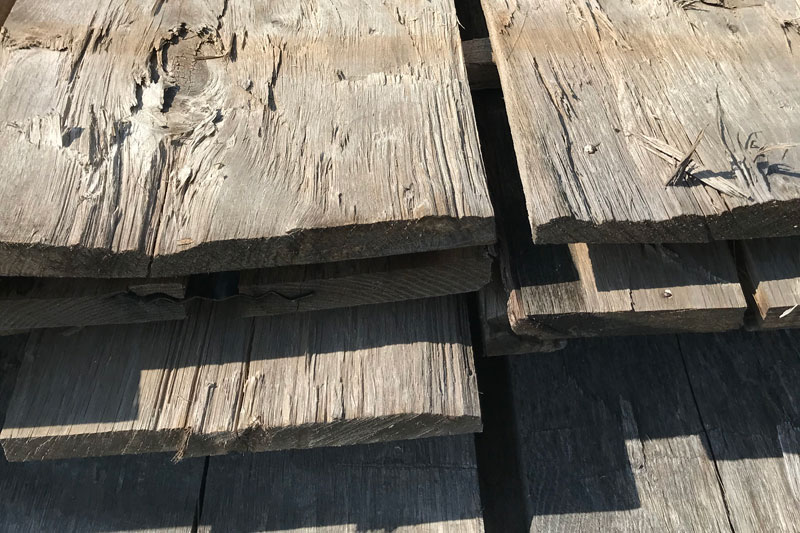
Thanks for all the help, what a great selection of beams, siding, & barnwood. I would highly recommend Triple B for all reclaimed building materials.
TDL Construction
17
Years In Business
1000000 +
Board Feet Of Inventory
150+
Barns Purchased Annually
6+
